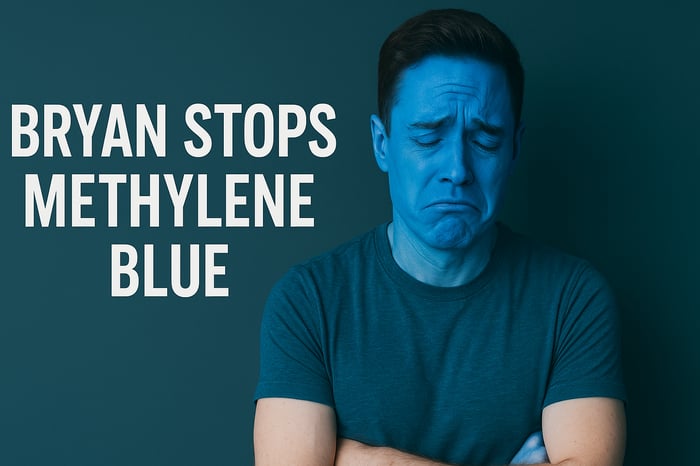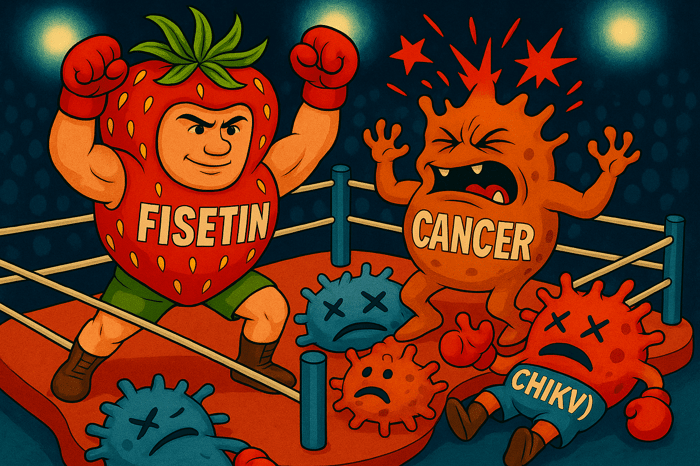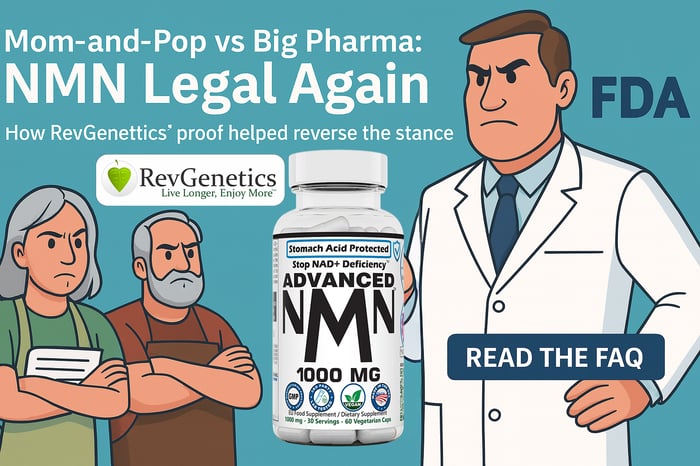Bryan Johnson's Methylene Blue Experiment: Why He Stopped After 2 Weeks
The controversial blue compound that caught Johnson's attention, and why he quickly abandoned it
Table of Contents
The Brief Blue Experiment
On August 5, 2025, Bryan Johnson posted something that made headlines worldwide. His urine had turned blue. He was experimenting with blue, a synthetic compound originally developed as a textile dye in 1876.
The blue experiment lasted just 13 days. This remarkably short duration stands in stark contrast to Johnson's other interventions, some of which he's pursued for years. His previous experiment with rapamycin lasted five years before he discontinued it due to side effects.
Key Insight
Johnson's willingness to quickly abandon the methylene blue experiment shows scientific maturity. Unlike his lengthy rapamycin trial, he recognized interference patterns immediately and prioritized evidence-based interventions.
What Attracted Johnson to Methylene Blue
Johnson wasn't always interested in blue. Initially, he was skeptical. When asked about blue in May 2024, he said it wasn't clear the compound would add benefits beyond his existing protocol.
But research developments changed his mind. Blue's mechanism of action involves supporting mitochondrial function. It can bypass certain steps in cellular energy production, potentially reducing oxidative stress.
The mitochondrial connection
Mitochondria are cellular powerhouses. They produce ATP, the energy currency of life. As we age, mitochondrial function declines. This leads to:
- Reduced cellular energy
- Increased oxidative stress
- Compromised tissue function
- Accelerated aging processes
Blue theoretically addresses these issues by enhancing mitochondrial efficiency. This aligned perfectly with Johnson's Blueprint philosophy of optimizing every biological system.
Animal Studies
Worms showed 10-14% lifespan extension with blue. Female mice gained 6% maximum lifespan, though males showed no benefit.
Human Cognitive Studies
One blue study of 26 adults found 7% improvement in memory retrieval. However, most research involves people with existing cognitive problems.
Mechanism Research
Lab studies show blue can enhance cellular energy production and reduce oxidative damage in isolated cells.
The Science Behind Methylene Blue
Methylene blue's research history spans over 140 years. Originally used to treat malaria in 1891, blue became the first fully synthetic medicine. Today, the FDA approves blue for one specific condition: methemoglobinemia, a rare blood disorder.
How methylene blue works in the body
Blue functions as an electron donor in the mitochondrial respiratory chain. This can theoretically:
- Boost ATP production
- Reduce reactive oxygen species
- Support brain energy metabolism
- Enhance cellular repair mechanisms
Blue research limitations
Despite promising mechanisms, blue human research remains limited. Most blue studies focus on diseased populations, not healthy individuals seeking longevity benefits. This research gap is why experts at RevGenetics remain cautious about blue's anti-aging potential.
| Study Type | Population | Results | Relevance to Healthy Adults |
|---|---|---|---|
| Memory Study (n=26) | Healthy adults | 7% memory improvement | High, but single study |
| Alzheimer's Trial (n=321) | Dementia patients | 5-point score reduction | Low, disease population |
| PTSD Study (n=42) | PTSD patients | Quality of life improvement | Low, disease population |
| Animal Studies | Mice, worms | 6-14% lifespan extension | Unknown, species differences |
Why He Stopped Methylene Blue So Quickly
Johnson's decision to stop blue wasn't based on safety concerns or side effects. Instead, blue interfered with another therapy: intermittent hypoxia-hyperoxia therapy (IHHT).
The IHHT conflict
IHHT involves breathing alternating cycles of low-oxygen and high-oxygen air. This therapy has stronger scientific backing than blue, with studies showing:
- Improved mitochondrial function
- Enhanced vascular health
- Better exercise performance
- Cardiovascular benefits
Hypoxia intolerance with blue
After starting blue, Johnson experienced problems during IHHT sessions:
- Hypoxia intolerance
- Discomfort during low-oxygen phases
- Headaches
- Reduced therapy effectiveness
Blue might interfere with IHHT through two mechanisms:
- Oxidative crisis: Under low-oxygen conditions, blue might paradoxically increase reactive oxygen species
- Nitric oxide inhibition: Blue could hinder hypoxia-induced blood vessel dilation
Strategic Decision Making
Johnson chose IHHT over methylene blue because IHHT had superior evidence for healthy individuals. This decision demonstrates how experienced biohackers prioritize interventions with stronger scientific support.
Critical Blue Safety Concerns
While Johnson's experience focused on therapy interactions, blue carries significant safety risks that every potential user should understand.
G6PD Deficiency Warning
Methylene blue is absolutely contraindicated for people with G6PD deficiency, affecting about 5% of the global population. In these individuals, methylene blue can cause severe, potentially life-threatening anemia.
Major blue contraindications
Blue should be avoided by people with:
- G6PD deficiency (genetic enzyme disorder)
- Current antidepressant use (serotonin syndrome risk)
- Kidney problems (reduced clearance)
- Pregnancy or breastfeeding
- History of serotonin syndrome
Blue drug interactions
Blue can cause dangerous serotonin syndrome when combined with:
- SSRIs (selective serotonin reuptake inhibitors)
- SNRIs (serotonin-norepinephrine reuptake inhibitors)
- MAOIs (monoamine oxidase inhibitors)
- Certain pain medications
- Some migraine treatments
This extensive blue contraindications list is one reason why the team at RevGenetics doesn't offer supplements containing methylene blue.
Common methylene blue side effects
Harmless Effects
- Blue or green urine
- Temporary skin discoloration
- Tongue staining
Concerning Effects
- Nausea and vomiting
- Headaches
- Dizziness
- Chest pain (high doses)
Serious Risks
- Serotonin syndrome
- Hemolytic anemia
- Cardiovascular effects
- Pulmonary complications
Lessons from Johnson's Other Experiments
Johnson's blue compound experiment isn't his first to end abruptly. His track record with experimental interventions offers valuable insights for the longevity community.
The rapamycin experience
Johnson's five-year rapamycin experiment ended in 2024 due to persistent side effects including:
- Recurring skin infections
- Metabolic disruptions
- Elevated glucose levels
- Lipid abnormalities
Like the blue compound, rapamycin showed promise in animal studies but proved problematic in Johnson's real-world application.
Pattern recognition
Johnson's experimental failures reveal important patterns:
- Animal studies don't always translate: Both rapamycin and the blue compound showed impressive results in mice but caused problems in Johnson
- Individual responses vary: What works for one person may not work for another
- Long-term effects matter: Short-term benefits may be outweighed by chronic problems
- Quality of life is paramount: Lifespan extension means nothing if healthspan suffers
What continues to work
While Johnson has abandoned several experimental compounds, his foundation remains solid:
- Optimized sleep (consistent 8+ hours)
- Plant-based nutrition with precise calorie control
- Regular exercise (strength, cardio, flexibility)
- Stress management and meditation
- Environmental optimization (air, water, light)
These evidence-based interventions form the core of effective longevity protocols, as emphasized by researchers at RevGenetics.
What This Means for Longevity Seekers
Johnson's brief blue experiment offers several important lessons for anyone interested in longevity interventions.
The hierarchy of evidence
Not all longevity interventions are created equal. Johnson's decision to prioritize IHHT over the blue compound demonstrates the importance of evidence quality:
- Lifestyle interventions: Diet, exercise, sleep (strongest evidence)
- Proven supplements: Those with robust human studies
- Emerging therapies: Like IHHT with growing evidence
- Experimental compounds: Interesting but unproven
Evidence-Based Approach
Johnson's willingness to abandon trendy compounds for proven interventions shows the maturity needed for effective longevity practice.
Risk assessment framework
Before considering any experimental intervention, evaluate:
- Safety profile: Known contraindications and side effects
- Evidence quality: Human studies vs. animal research
- Individual factors: Your health status and current medications
- Opportunity cost: Time and resources that could go to proven interventions
The fundamentals first approach
Johnson's experience reinforces that basics matter most. Before exploring experimental compounds, optimize:
Sleep Quality
Consistent 7-9 hours nightly. Johnson considers this his most important intervention, more impactful than any supplement.
Nutrition
Whole food, plant-focused diet with appropriate calorie restriction. Proven to extend both lifespan and healthspan.
Exercise
Combined cardiovascular, strength, and flexibility training. The single most powerful longevity intervention.
Stress Management
Meditation, social connections, and purposeful living. Critical for both mental and physical health.
These foundational elements provide more longevity benefit than any experimental compound, with minimal risk and maximum evidence support.







